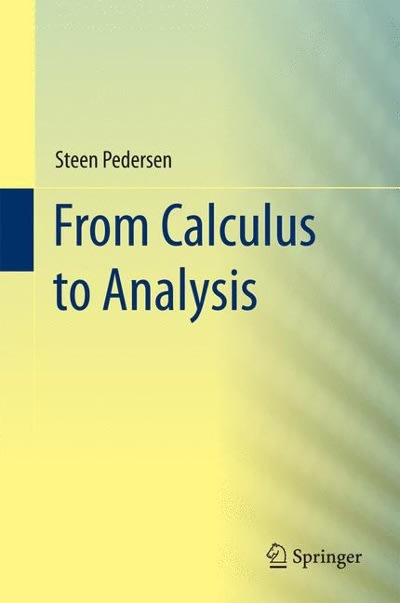Problem 3 Let X1. .... X, be independent and identically distributed continuous random variables with a positive continuous joint probability density function f(x1. . . ., X'n). 3pts (i) Suppose that the distribution of X1. ... . X,, is radially symmetric about the origin, which means that the joint probability density function f satisfies f (x1 . . . .. *n) = f(y1. . .. . yn) whenever xit .. + x = vit .. + v. What are all possible distributions of X,? (You can specify the form of the density function if you like, but make sure that you only specify valid density functions.) Explain your answer. 3 pts (ii) Suppose that the joint probability density function satisfies the relation f(x1. .... Xn) = f(y1. .... yn) whenever Ixl t ... + IxAl = built ... + lyal. What are all possible distributions of X1? (You can specify the form of the density function if you like, but make sure that you only specify valid density functions.) Explain your answer.Hints and Extra Information . The expectation of a function g(X ) of a continuous random variable X exists if and only if Elg(X)| is finite, i.e.. [ Is(x)Ifx(x) dx -1. Sums of real numbers can be reordered arbitrarily if all terms are nonnegative (the sum will either be infinite both times or equal to the same finite value both times) In particular, the choice of whether to sum over / first or / first in a double summation E, , of nonnegative terms does not affect the value of the sum. A good method of finding expectations of random variables related to known distributions is, where possible, to express the relevant sum/integral as a constant times the sum/integral of a known proba- bility mass/density function (which must equal 1) . If a random variable X has an even distribution (i.e. X and -X have the same distribution), then EX, if it exists, must have the value O (since EX = E[-X] = -EX . If any reasonable function / (including any positive or continuous or increasing or decreasing func- tion) defined on all positive real numbers is additive in that it satisfies h(x + y) = h(x) + h(y) for all positive x and y, then there must be a constant c such that h(x) = cx for all x > 0 If you find a positive function g with the property that g(x + y); (0) = g(x)g(y) for all positive x and y. then this is related to the additive condition: in fact it is easy to check that h(x) = In(g(x)/g(0)) must be an additive function. Similarly h(x) = In(g(x)/g(0)) must be additive if for all x. .....*, > 0 8 (x + ...+x.)8(0)"-1 = 8(x,) ...8(x.)








